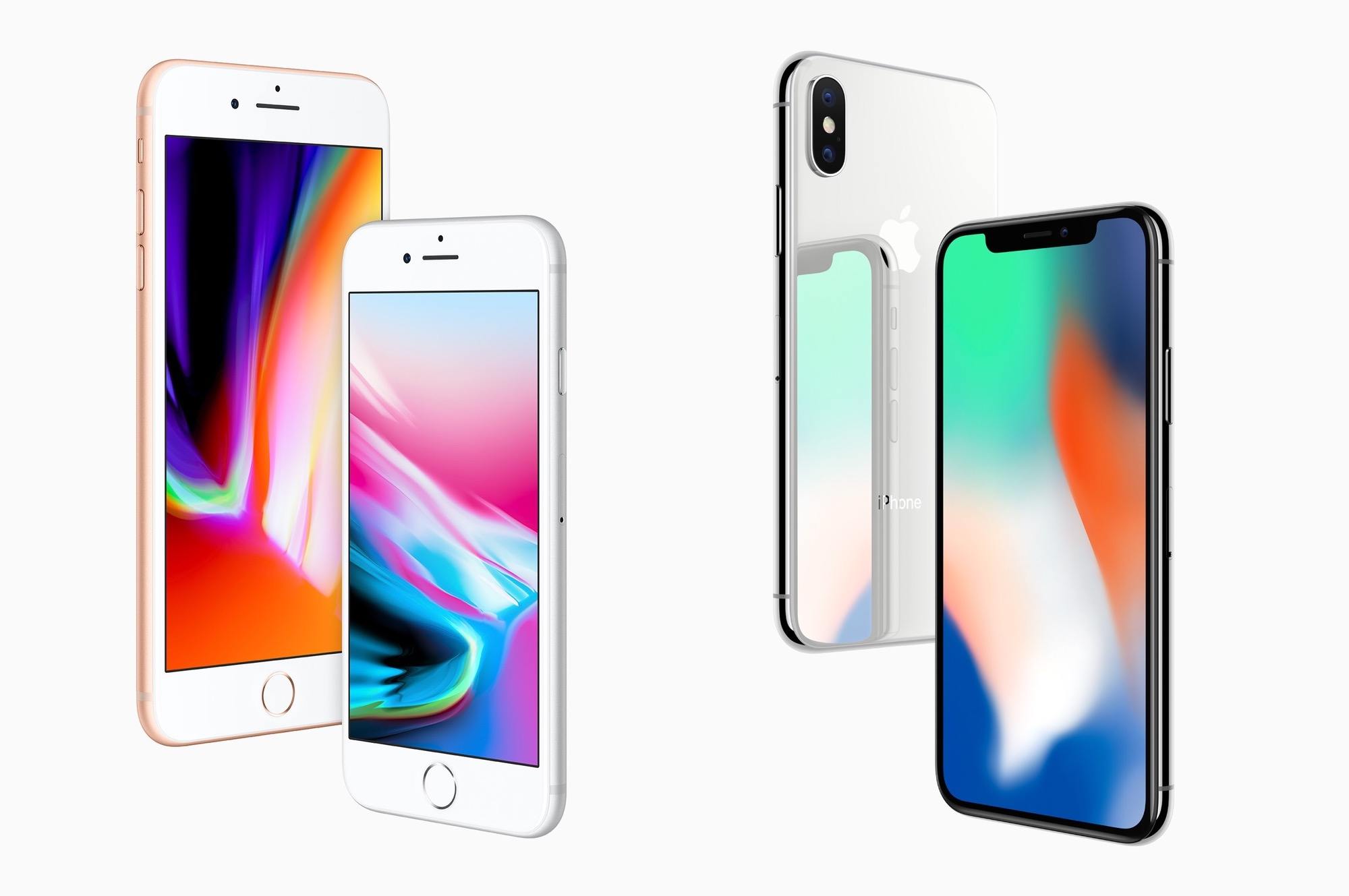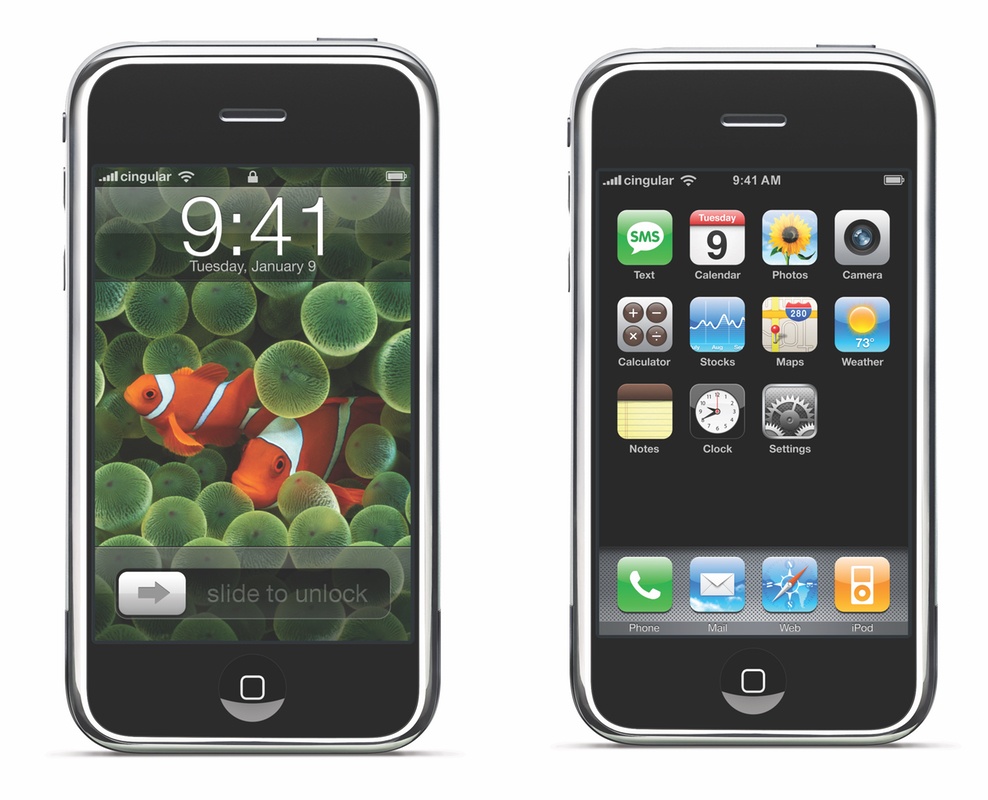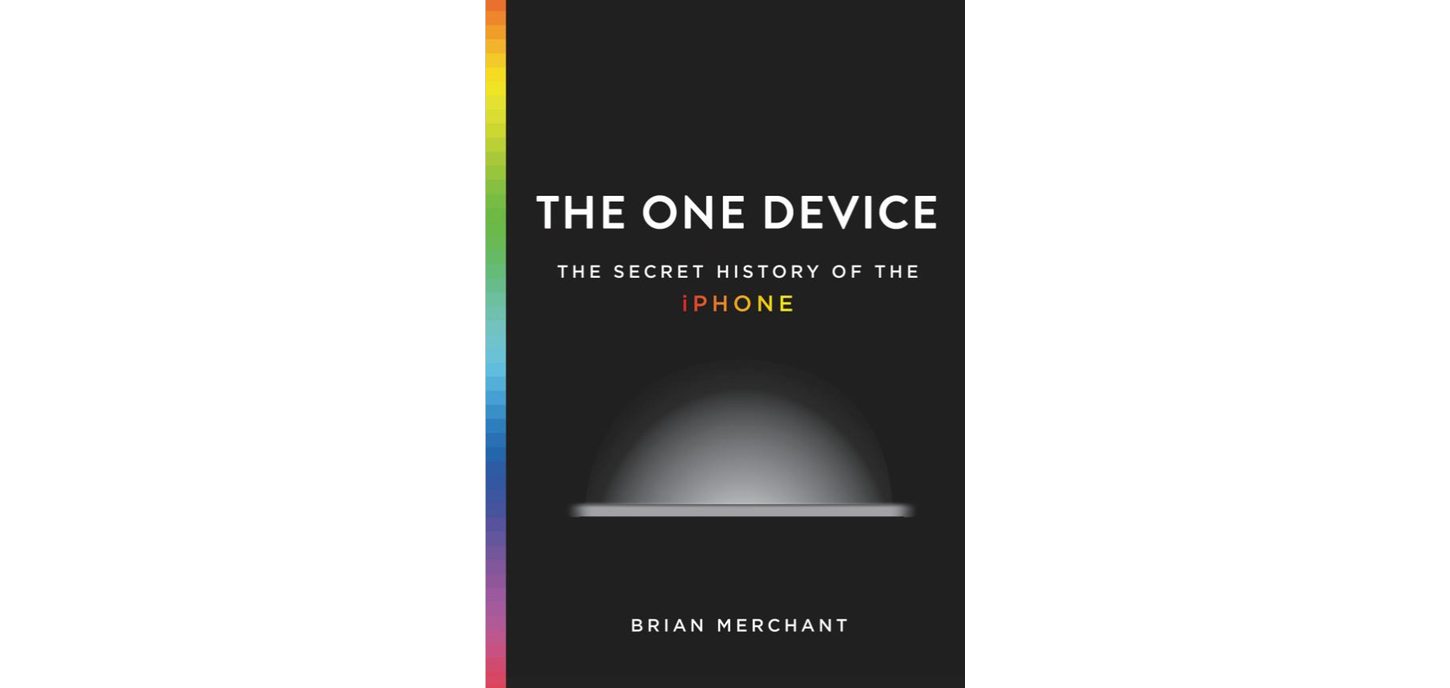There’s an age-old conspiracy theory that Apple intentionally slows down older iPhone models to compel upgrades to new ones. Every year around the time a new version of iOS releases – which also happens to be the time new iPhone models launch – users report that their old phones aren’t as speedy as before. While some of this felt downgrade is to be expected with new features introduced in major iOS versions, Apple today confirmed that there is in fact more to it than that – at least, in certain cases.
Earlier this week John Poole shared Geekbench results that seemed to indicate some level of throttling of iPhones after certain software updates. His charts showed that for an iPhone 6s, iOS 10.2.1 introduced a performance change, while for the iPhone 7, iOS 11.2 did the same. Seemingly in response to these tests, Apple has released a statement to Matthew Panzarino of TechCrunch that aims to make sense of the inconsistencies.
“Our goal is to deliver the best experience for customers, which includes overall performance and prolonging the life of their devices. Lithium-ion batteries become less capable of supplying peak current demands when in cold conditions, have a low battery charge or as they age over time, which can result in the device unexpectedly shutting down to protect its electronic components.
Last year we released a feature for iPhone 6, iPhone 6s and iPhone SE to smooth out the instantaneous peaks only when needed to prevent the device from unexpectedly shutting down during these conditions. We’ve now extended that feature to iPhone 7 with iOS 11.2, and plan to add support for other products in the future.”
Panzarino explains:
Basically, iPhones were hitting peaks of processor power that the battery was unable to power and the phones were shutting off. Apple then added power management to all iPhones at the time that would ‘smooth out’ those peaks by either capping the power available from the battery or by spreading power requests over several cycles.
While Apple’s lack of communication on this matter can certainly be viewed as a problem, ultimately the issue appears rooted in battery technology generally rather than in iPhones specifically. Lithium-ion batteries have certain limitations, which are exacerbated in certain conditions, and Apple made the decision to reduce peak performance in those conditions rather than leave users facing unexpected device shutdowns.






